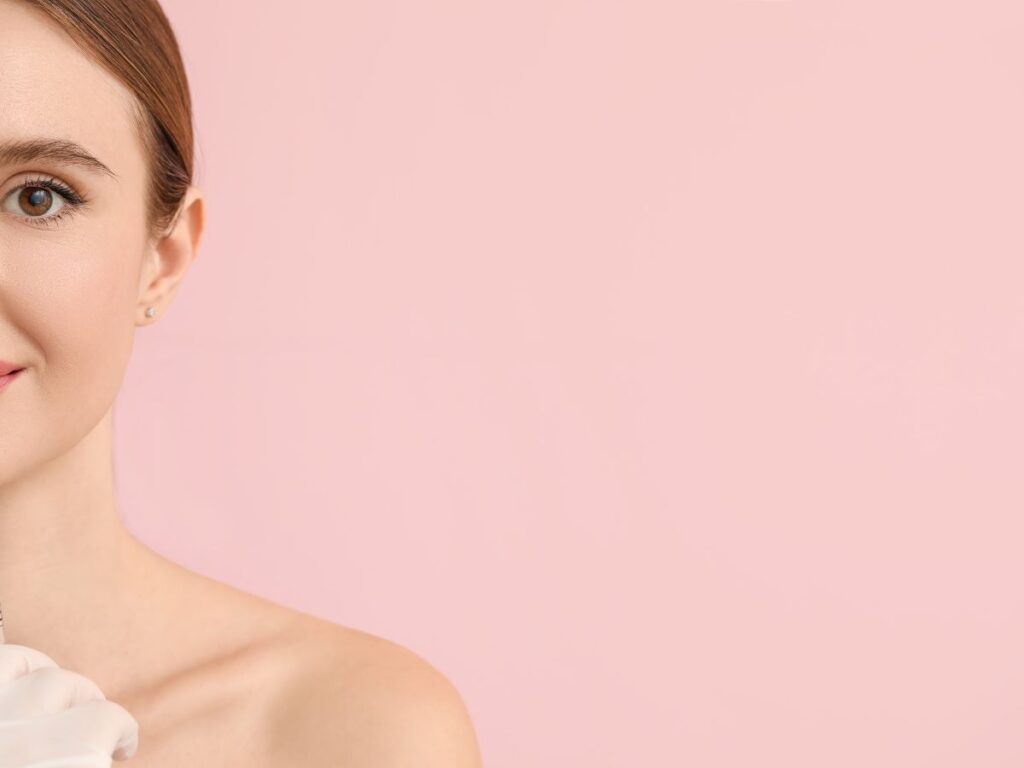How to Choose the Right Dermal Filler for Your Face
Dermal fillers have become one of the most popular non-surgical treatments in the world of aesthetic medicine. Whether you want to smooth fine lines, add volume to your cheeks, or enhance your lips, fillers can help achieve natural-looking results without the need for surgery.
But with so many options on the market—like Juvederm, Restylane, Radiesse, and Sculptra—it can be confusing to figure out which one is right for your face. In this article, I’ll guide you through everything you need to know about choosing the right dermal filler for your needs.
What Are Dermal Fillers?
Dermal fillers are injectable substances that add volume, smooth wrinkles, and enhance facial contours. Most fillers are made from hyaluronic acid (HA), a substance that naturally exists in the body and helps retain moisture and elasticity in the skin.
Some other fillers are made from ingredients like:
- Calcium hydroxylapatite (Radiesse)
- Poly-L-lactic acid (Sculptra)
- Polymethylmethacrylate (PMMA) microspheres (Bellafill)
Each type has its own benefits, texture, and longevity.
Why Choosing the Right Filler Matters
Not all fillers are created equal. Some are softer and better suited for delicate areas like the lips, while others are firmer and ideal for deeper wrinkles or volume loss in the cheeks.
The wrong filler in the wrong area can lead to unnatural results, lumps, or even complications. That’s why it’s important to choose the right product and get treated by a licensed, experienced provider.

Factors to Consider Before Choosing a Filler
Here are a few key things to think about when selecting the best dermal filler for your face:
1. Your Treatment Goals
Ask yourself what you want to improve or enhance:
- Lip enhancement → Soft HA fillers like Juvederm Volbella or Restylane Kysse
- Cheek volume → Firmer fillers like Juvederm Voluma or Radiesse
- Nasolabial folds → Medium-firm fillers like Restylane Lyft
- Under-eye hollows → Light, smooth fillers like Belotero Balance
- Fine lines → Thin HA fillers designed for superficial injection
Each area of the face has different skin thickness and movement, so the filler must match the job.
2. Type of Filler Material
The main types of fillers include:
- Hyaluronic Acid (HA)
Most commonly used and reversible using an enzyme called hyaluronidase. Good for lips, cheeks, tear troughs, and smile lines. - Calcium Hydroxylapatite (Radiesse)
Thicker and lasts longer. Ideal for deep folds and jawline contouring. Not reversible. - Poly-L-lactic Acid (Sculptra)
Stimulates collagen production over time. Great for full-face rejuvenation but results are not immediate. - PMMA (Bellafill)
Long-lasting and semi-permanent. Best used in experienced hands due to higher risks.
For beginners or first-time users, HA fillers are usually the safest and most predictable option.
3. Longevity
How long do you want the results to last?
- HA fillers: 6 to 18 months
- Radiesse: Up to 12 months
- Sculptra: Results appear over time and can last 2+ years
- Bellafill: Lasts 5 years or more
Shorter-lasting fillers may be better for new users. If you’re experienced or want longer-lasting results, you can explore options like Sculptra or Bellafill with your provider.
4. Skin Type and Age
As we age, our skin becomes thinner and loses collagen. Your provider will assess your age, skin condition, and facial structure to determine which filler is suitable.
For mature skin or severe volume loss, thicker fillers may be needed. For younger clients with early signs of aging, lighter fillers offer a more subtle enhancement.
5. Budget
Fillers vary in cost depending on the brand, amount used, and area treated. HA fillers typically range from $400 to $800 per syringe, while advanced options like Sculptra or Bellafill may cost more but last longer.
Discuss your budget with your provider. They may suggest a treatment plan that balances your goals with affordability.

Popular Dermal Fillers and Their Uses
| Filler Brand | Best For | Longevity |
|---|---|---|
| Juvederm Voluma | Cheek volume, mid-face lift | Up to 2 years |
| Juvederm Ultra/Volbella | Lip enhancement | 6–12 months |
| Restylane Kysse | Soft lip filler, natural look | 6–12 months |
| Radiesse | Jawline contour, deep folds | 12–18 months |
| Sculptra | Full-face volume, collagen stimulation | 2+ years |
| Belotero Balance | Fine lines, tear troughs | 6–12 months |
Tips for Safe and Effective Filler Treatment
- Choose a qualified injector
Always go to a licensed provider with medical training—preferably a dermatologist, plastic surgeon, or certified injector with experience. - Start slow
It’s better to underfill and add more later than to overfill your face in one session. - Avoid bargain treatments
Cheap fillers or unqualified providers can lead to serious complications. - Ask questions
Don’t hesitate to ask your provider about the brand, ingredients, and expected outcomes. - Follow aftercare instructions
Avoid makeup, heavy exercise, and touching your face for at least 24 hours after treatment.
Final Thoughts
Choosing the right dermal filler isn’t about picking the most popular brand, it’s about finding the best match for your face, goals, and lifestyle. By understanding the types of fillers available and working closely with a trusted professional, you can get safe, natural-looking results that enhance your beauty and boost your confidence.
Whether you’re smoothing lines, lifting your cheeks, or enhancing your lips, dermal fillers offer a flexible and effective way to refresh your look without surgery.
Read our more health blogs.


